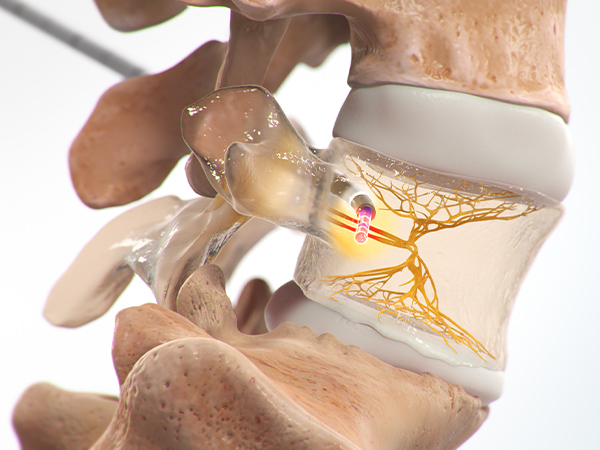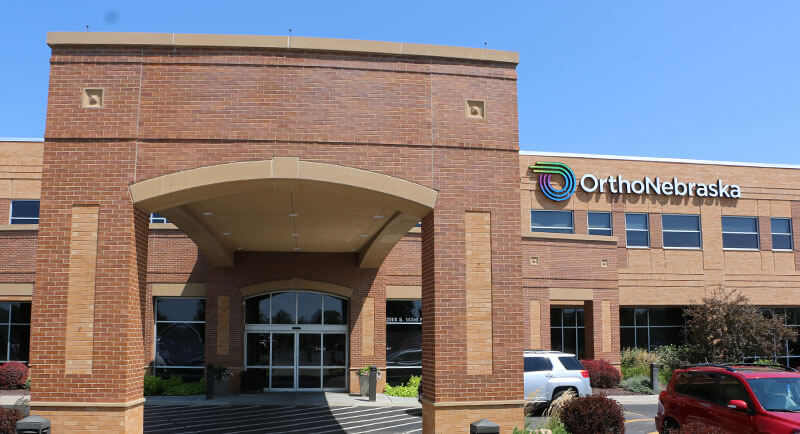What is Intracept?
Intracept Nerve Ablation is a minimally invasive procedure designed to target and treat the basivertebral nerve, a critical component in the transmission of chronic body pain. It utilizes controlled radiofrequency energy to ablate (or destroy) the nerve tissue, effectively disrupting pain signals sent to your brain. Intracept is considered a minimally-invasive approach, which means recovery will be easier as you are not undergoing open surgery. You can find more information on Intracept here from the technology provider.
Who Should Consider Intracept?
OrthoNebraska identifies candidates for the Intracept procedure as those who have suffered from chronic lower back pain for at least six months of conventional treatments such as medications and physical therapy. A detailed examination and assessment by a healthcare professional specializing in spine or pain medicine are necessary to determine if the Intracept procedure is an appropriate treatment option for you.
How Well Does the Intracept Procedure Work?
The effectiveness of Intracept has been well-documented in numerous clinical trials and studies. The results have shown a significant reduction in chronic lower back pain for patients who undergo the procedure, with many experiencing long-term relief. One study found that 80 percent of patients reported a sustained decrease in pain six months after receiving Intracept and that they would do the procedure again. The right technology for your pain depends on your individual root causes and circumstances and is best discussed with your physician.
What Can I Expect When I Have Intracept?
Performed under local anesthesia, the Intracept procedure typically involves the following steps:
- Patient Positioning: You lie face down, and the treatment area is sterilized and numbed using local anesthetics.
- Guided Access: Using fluoroscopy (a type of X-ray), a small needle is precisely inserted into the vertebral body where the basivertebral nerve resides.
- Nerve Ablation: Radiofrequency energy is delivered through the needle, damaging the nerve and disrupting its ability to transmit pain signals.
- Post-Procedure: Patients are monitored for a short period before being allowed to go home. The recovery time is typically minimal, with most individuals returning to their normal daily activities within a week.
You should expect to see pain relief within about six weeks after the procedure.






